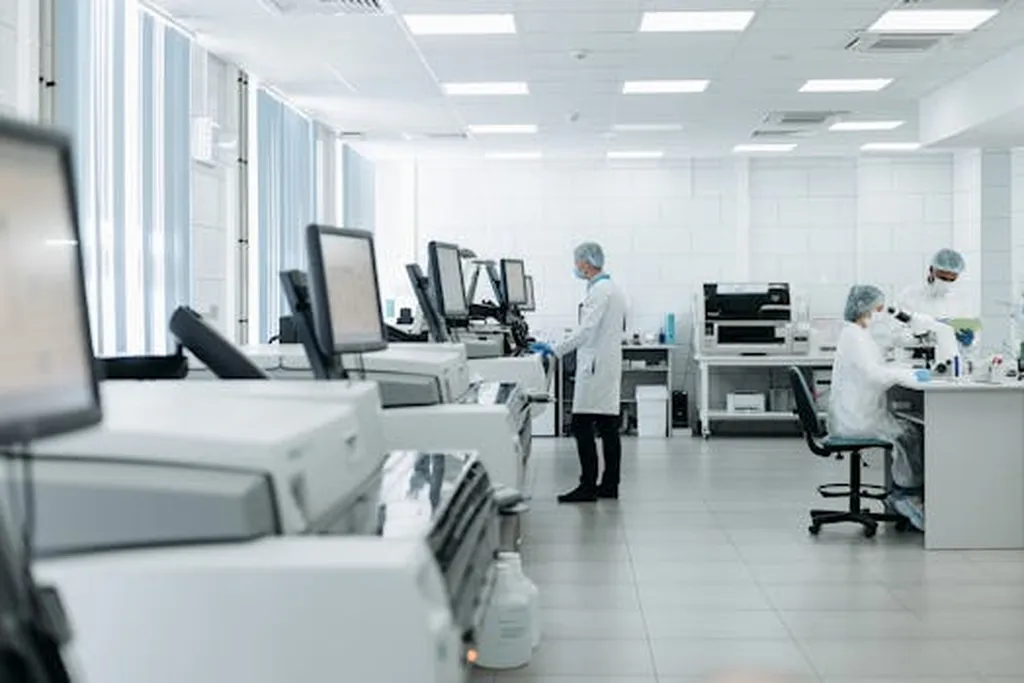In the heart of Jilin, China, a team of researchers led by Chenzhen Xia from the College of Resources and Environment at Jilin Agricultural University has pioneered a novel approach to monitor soil organic matter (SOM) in agricultural soils, even when crops are in full swing. Their work, published in *AgriEngineering*, leverages the power of unmanned aerial vehicles (UAVs) and machine learning to overcome the longstanding challenge of assessing soil quality during crop growth periods.
The team utilized UAVs to capture multi-temporal hyperspectral images of maize fields across key growth stages. This data was combined with auxiliary predictors such as spectral indices, field management practices, plant characteristics, and soil properties. By employing a suite of machine learning models—including stepwise multiple linear regression, partial least squares regression, random forest regression, and XGBoost regression—the researchers were able to accurately estimate SOM content.
The results were promising. The XGBoost model, when combined with all predictors, achieved the highest accuracy in estimating SOM content during the R3 growth stage, with an R-squared value of 0.72 and a root mean square error (RMSE) of 0.27%. This approach not only overcomes the limitations posed by crop cover but also enhances the precision of soil property assessments at the field scale.
“The relative importance of the predictors was quite revealing,” Xia noted. “Soil properties contributed the most to the model’s accuracy, followed by spectral indices, plant characteristics, and field management practices.” This hierarchy underscores the significance of integrating multi-source data to improve soil monitoring and management.
The implications for the agriculture sector are substantial. Accurate, real-time assessment of SOM is crucial for soil health and carbon sequestration efforts. Farmers and agronomists can use this technology to make data-driven decisions, optimizing soil management practices and enhancing crop productivity. Moreover, the ability to monitor soil quality during the growing season can lead to more timely interventions, ultimately improving yield and sustainability.
This research opens new avenues for precision agriculture. As UAV technology becomes more accessible and machine learning models more sophisticated, the potential for large-scale, real-time soil monitoring grows. Future developments may see this approach integrated into farm management systems, providing farmers with actionable insights to improve soil health and crop outcomes.
In the words of Xia, “This study is a step towards more sustainable and efficient agriculture. By leveraging technology, we can address longstanding challenges and pave the way for smarter farming practices.” The work of Xia and his team not only advances our understanding of soil organic matter but also sets the stage for a more data-driven and sustainable future in agriculture.

